Before we even discuss which are the factors that you need to take care of while selecting the best birding binoculars I think I must tell you that it is definitely not an exact science and a lot depends on what your own individual tastes and preferences are. In fact the factors for buying these birding binoculars may just well vary from individual to individual so much.
That is why you will see people buying Vortex and some people buying Leupold to some going in for Nikon’s and Bushnell’s.
That said there are some features that you should know which will help you select the right binoculars for bird watching.
Looking for the perfect hunting Binoculars? We talk about the best hunting binoculars here.
Magnification
As and when you shop for your first binoculars you will always be thrown a set of numbers and the retailer will talk about 4×21, 7×35, 8×42 and several other numbers. You will be confused as hell as I was when beginning to learn all about binoculars.
Let us first understand the basic question which is there and that is what are binoculars?
What are binoculars or binos?
Binoculars in a very simple language are the two lenses or refracting telescopes which are in some way placed together as a unit. The way they are placed together is by using a nice plastic body or a metal body. Once you see an image through these telescopes they will appear bigger than the image is in reality.
Going by the principle of optics most of the binoculars use the prism to bend the light before it enters the objective lens. That leads us to two things and those are what is an objective lens and secondly what kind of prisms are used?
What is a binocular objective lens?
The lens through which you view the object is the objective lens. The greater is the size of the objective lens the more light will enter the lens and it will be better viewing. This is definitely true but the disadvantage of this is that the lens size will become bigger which will mean that the size across the diameter (measured in millimeters) will be bigger. This will mean bigger and bulkier binoculars.
In the notation that you always keep hearing like 10×42 or 8×42, the second part which is the “42″ is the size of the objective lens and the first part of the specification that is “7″ or “10″ or “8″ is the magnification. This magnification means that the object will appear 7 times closer or 8 times closer or 10 times closer.
As far as binoculars magnification and the size is concerned there is a various specification available in the binoculars manufactured by various brands.
As far as magnification is concerned you would have heard about the zoom binoculars. The way zoom binoculars are called so is because in zoom binoculars you can adjust the zoom or the magnification within a given range. That is if the zoom binoculars specify 8- 22 then that means that you will be able to adjust the magnification of the binoculars starting from 8 times bigger object to 22 times bigger object viewing.
What is the best hunting binoculars specification?
The magnification range between 7x and 10x is the best when it comes to hunting. Of course, since it involves hunting then you should go for the rubber armored, waterproof and fog proof binos.
For birding enthusiasts, the best binoculars are the 8×42. A lot of people use the 10×42 or the 12×50 specification binoculars also. The greater the objective lens diameter it is good for birding enthusiasts as you can then have a greater wide area viewing.
The thumb rule is – Go for the size of the objective lens which is greater than or equal to the magnification power. This is based on eye relief which means the viewability of the eye. This will be explained in detail in my next post about eye relief. More magnification means more blurred images as the light is spread then over a larger area. This in turn means that you will get a blurred image.
That is why the multiplication factor of 5 is best. The 5mm – 7mm is the best “exit pupil”. Exit Pupil is the amount of light that a human eye can accept.
Objective Lens diameter – this has been discussed here a number of times whoever for the sake of completeness I must say that the best objective lens diameter for birding binoculars is to between 30mm – 40 mm. The bigger the objective lens diameter the expensive and bulkier it will be. No doubt it will give more light however there has to be a balance between all three factors.
Exit pupil
The basics about exit pupil can be read here however the best binoculars which are required by bird watchers should have an exit pupil of 4mm.
Filed of View
This is something that is a must to know so that you can view the birds properly. The requirement of birding binoculars is very different than hunting binoculars when it comes to Field of View and the reason is that you are looking at small creatures as opposed to some large animals like deer etc. Here is a primer on Field of View.
The field view is in inverse relation to magnification. So that means that higher the magnification the smaller will be the field of view. It is here the individual preference will come in and you may need to strike a balance between these two.
Prism design – Roof vs Porro prism design.
You can read about Porro prism and roof prism however the decision on which one to use for bird watching is something that you will need to take. Roof prism binoculars are more costly but they are more lightweight. Take your pick!
Lens coating and light transmission. – I have done a detailed article on binoculars lens coating and that should be read before you make a decision.
Apart from this, I do not think you should be worried about anything while selecting the best binoculars for bird watching. In fact, there are a lot of small things like binocular waterproofing and binoculars ruggedness however these are better left as the individual decisions as opposed to something which is a must-have for selection of a good pair of binoculars.


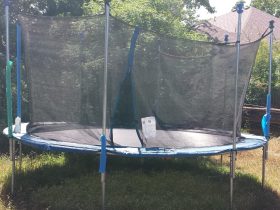


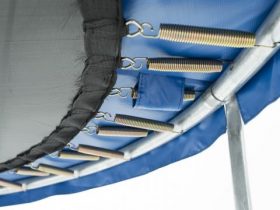
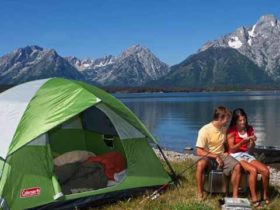

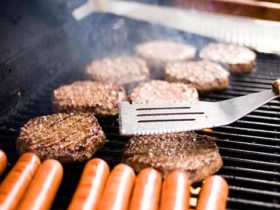
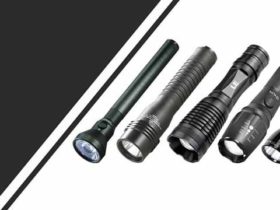
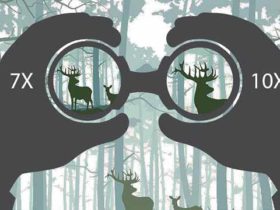
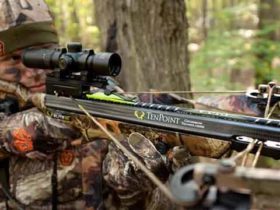

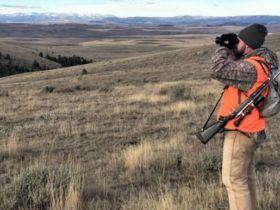

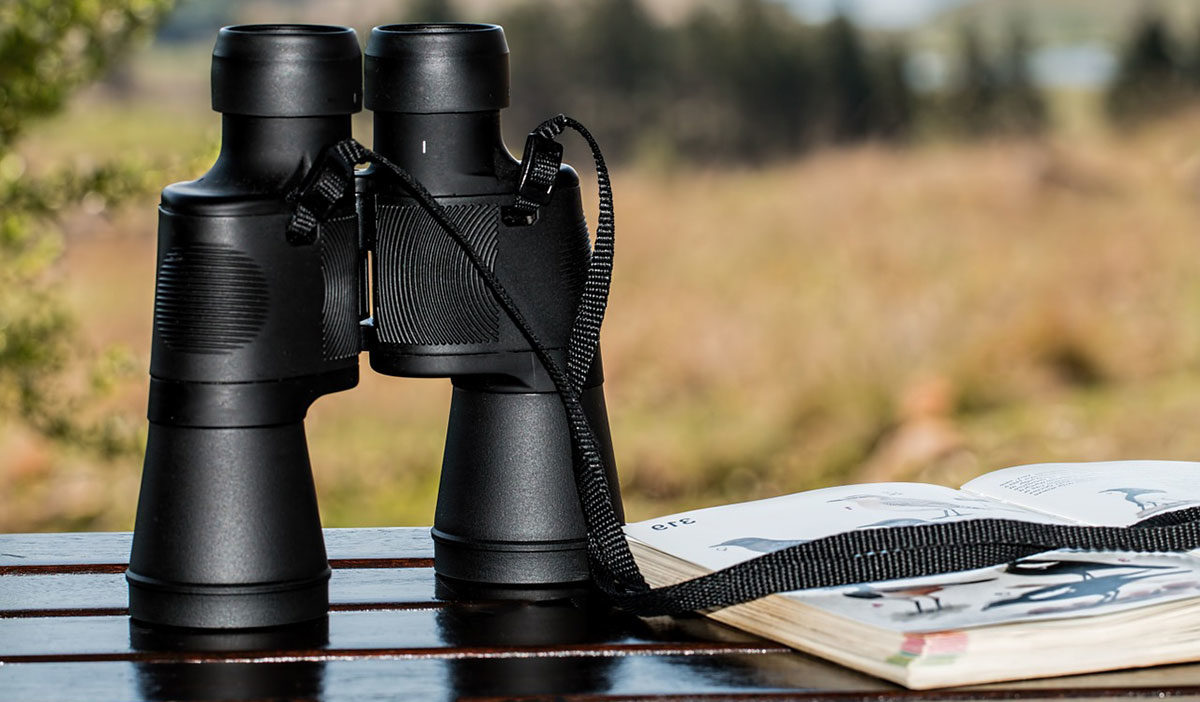
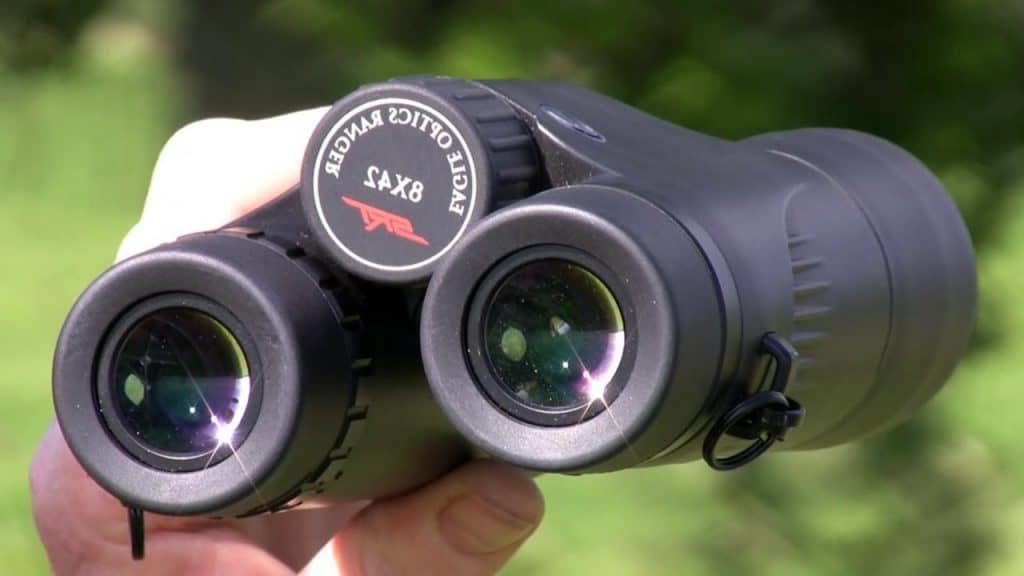




Leave a Reply
View Comments